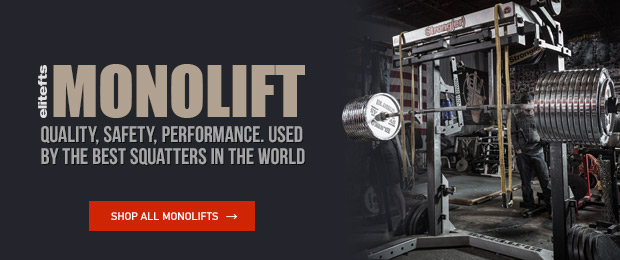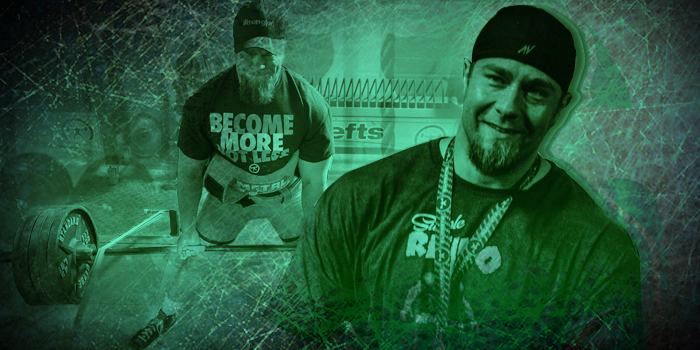
Training for a meet is where the strength is built, but you must display it at the meet. You only get nine attempts, each one precious. A small mistake can leave you without new personal records. Each attempt must be chosen carefully with the end in mind.
There are a few different strategies that you can take, and they all depend on your goals. A lifter at a world meet, a first-time competitor, a lifter at a national qualifier, and the person at a bench-only meet will all have variations of aggressiveness. No matter who you are, you must choose wisely.
RECENT: Now THAT'S What I Call Impressive!
Your attempts will fall into two categories. You will approach your openers, and the numbers you call either will go for the win or be specific numbers. Numbers are for those trying to break PRs, get their elite total, and improve against their previous bests. The win is for those few competing in national and world meets, where placing is most important.
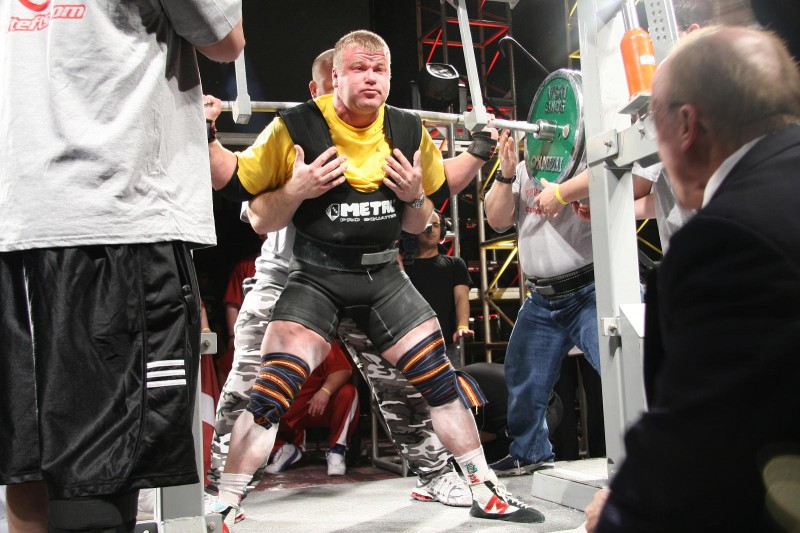
Openers
There are many factors that will go into how you choose your numbers. Openers should be something you can do, even if you are sick on meet day. I have seen percents, and I have seen recommendations for what you can triple. Somewhere in there is the right answer for you. All I can recommend is that it is conservative.
Know that anything can go wrong. Bars, monolifts, platforms, environment, backrooms, and temperature can’t be controlled. Know that you will most likely not be on home turf, and you need to be comfortable enough to handle that wave of stress/adrenaline with an attempt you can perform to the rules so that you are on the board early. Three whites on an opener build confidence and reds crumble it.
Other considerations for choosing openers are powerlifting equipment, weight cuts, travel, and training cycle. Weight cuts and travel are definite reasons for pulling back on the opener. If you are a skilled lifter, you will know how you are feeling. For travel, you will want one day of adjustment for every time zone change.
If you have a lift that is lagging, you may want to set up for a record attempt on your third attempt rather than your second.
I hate to say that it depends, but there is much to be considered. Most lifters won’t win the meet on their opener. Make it your last warm-up to set you up to break new ground. No matter where you are competing, I would keep this advice for everyone.
The Win
The win is about prestige, medals, trophies, and being the best that day. Going for the win will mean making very conservative jumps between attempts — something you know is doable — and pushing that 99 percent of your best to coax out every pound to have the highest total compared to the others at the end of the day. Just as importantly, you may not take a shot at something that might be there.
Unless you are behind and must take a chance, nearly every lift is in the bag. Taking that chance and missing could not only keep you from the win but could drop you further down in the rankings. This is why every attempt must be successful.
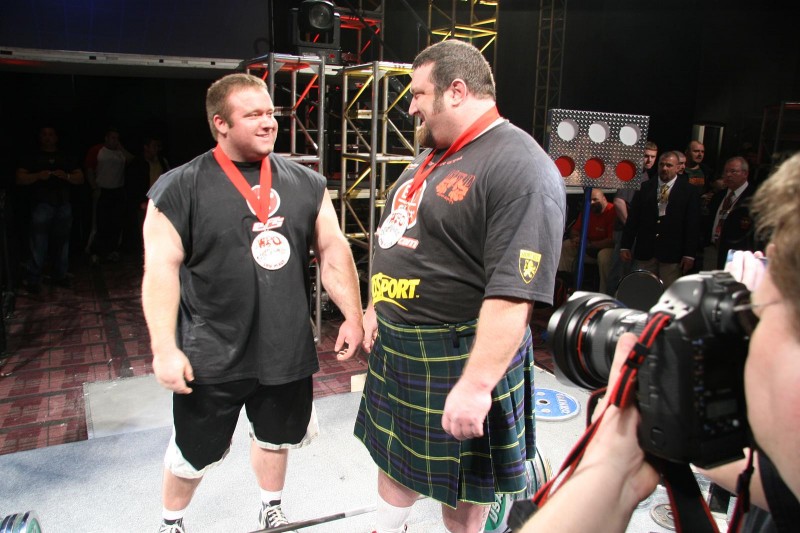
Your coach or handler should be planning your numbers as soon as openers are posted. You will know where you are starting and how much you need to make up or how conservative to be if your big lift is coming up later.
RELATED: Powerlifting Meet Manual (with Formula for Selecting Attempts)
Giving up 10 to 20 pounds on a bench to go three-for-three while keeping in your range to make up 50 in the deadlift is the smart play. Going for the win is where gamesmanship comes into play. A good handler or coach will be invaluable at these meets.
Numbers
Shooting for specific numbers at a meet can include the numbers needed for a certain total, hitting a specific number on a lift, or getting an elite or pro total. How these are accomplished can vary greatly.
Starting with a 25- to 50-pound jump per attempt to get to the planned third is the simplest way to get there, but there will always be changes based on missed attempts, injuries, and how you feel that day.
Standard Jumps
Earlier I mentioned the standard 25- to 50-pound jumps. This will be adjusted based on strength level, but for a higher-level lifter, this will be 87 to 90 percent as an opener if their max is 750.
For a 500-pound max, this would mean jumps 15 to 20 pounds per attempt at the same percent. This allows for the opener to be easy, to build confidence going into the second attempt, and to hit a small record on the third attempt.
If you choose to take the small record on a second attempt, the opener would be around 94 percent.
As with everything in powerlifting, it depends. You must be smart and not open too heavy if you have not made much progress since last competing.
Records
For some meets, you are there just to break a record on a certain lift. If you have had lower body issues and are far from a record, you might put up easy attempts there and want to smash your bench record. With two out of three lifts being down, you may not be able to break your total record, so you can go all out on your bench.
In a case like this, you will open light to get into the meet. Once you are at the meet, you will jump right to a record. This could be 75 pounds or even 100 pounds for a very experienced lifter. It is not a token lift like someone would take after breaking a world record, but it is easy saving all energy at two attempts to get that new record.
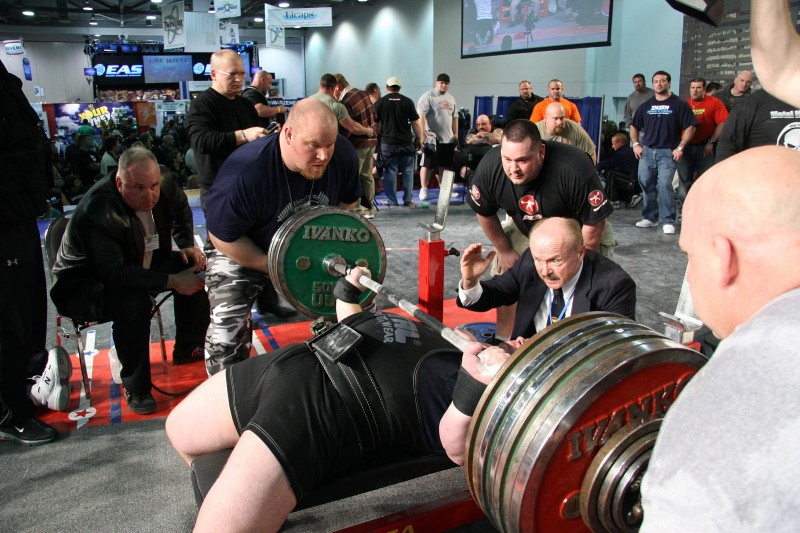
Total
You want to hit the specific total, and you must have a plan. It is rare to go nine-for-nine without really playing it safe. So, to hit those numbers, you need to take into account possibly missing an attempt or two. I like to have a total and a stretch total. If you want to total 2,000, you may go 800, 500, and 700. In a perfect world, you might be able to hit 825, 525, and 725 for a total of 2,075.
LISTEN: Table Talk Podcast Clip — Cailer Woolam on Gaining Weight and Going for WRs
Anything over 2,000 is the goal, and your success in the squat and bench press will dictate your second and third attempts on the deadlift. Only getting an opener on the bench will mean you might have to take a higher deadlift to hit the number.
Hitting all six of your first lifts means you might only need your opener deadlift to hit 2,000. You can then add to that total or make some riskier jumps to try and hit 2,100. I recommend planning your total on second attempts.
Single-Lift Meets
For a long stretch, bench-only lifters were known for bombing out or hitting a monster bench press. This was because they go for broke. They don’t need a total just that one lift to push their numbers to new heights.
A bench-only meet is a great place to open big and take three attempts at the lift you think you can get. Don’t be an idiot and choose a weight you have no business attempting but having three attempts to get it allows you to attack the weight without fear.
Going into a meet without planning your attempts out is a disaster. Go in knowing what you will take if the stars align for that perfect day or if you go in puking your guts out.
A good coach, handler, or training partner will be a huge help in this department. They should know what you want to do and be able to call the numbers you want or need and you just lift. Not having to worry keeps you mentally focused on the task at hand.
No matter if it is a PR or an opener, you’ll do everything exactly the same, so when the number is called, you just lift it.










